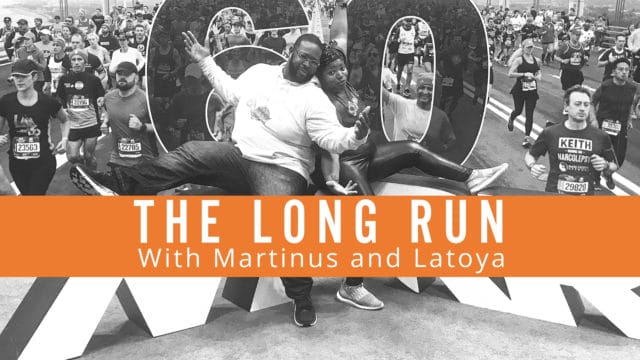Have you ever had life events that take you away from your workouts? It may have been a vacation, an injury, or maybe your work schedule has changed. Either way you haven’t worked out in about a month or two, or even a year. You get to the gym, box, or road, and you go hard on your first day back like you haven’t been in the for six months and end up hurting yourself. And now you’re on the sideline and who knows when you will be able to come back. Folks, this is what happened to me and I don’t wanted to happen to you. So today I’m going to share with you some advice that I had to learn the hard way. Now this advice is not groundbreaking or even revolutionary… This is some no nonsense advice to keep you injury free when you are getting started (again). So here’s how to get restarted without injuring yourself by doing something stupid:
1. Leave all the preconceived notion of what you used to do and what you could do out of the window.
If you haven’t worked out for three months or more especially when you get closer to the six-month to year mark. It’s time to leave the past in the past. Even if you’re in better shape then you were when you started. I would approach this come back as if you just started. Now this can be hard especially when your ego and the little voice in your head tells you to start where you left off. You ain’t about that life anymore. Your body doesn’t care about your emotions, your ego, or that you ran a marathon two years ago. That’s your mind playing tricks on you!!! If I could do it again I would leave the feelings, ego, and mindset that you should be doing something that you did a year ago, in the trash can and acted as If I was starting for the first time.
2. Start very slowly… Increase distance, time, and reps first before increasing intensity or weight.
On your first week back, take it very slowly and do some basic exercises to get your body used to those movements, if you’re running start with an easy a mile or half-mile. When you’re running or exercising your “inner troll” will tell you that you’re not going fast enough or the workout is not hard enough. This is perfectly normal feeling; your mind is trying to play tricks on you… Another tidbit of advice is to increase your time, distance, reps or sets before increasing your intensity, speed, or weight. I seen a lot of people get hurt because they either wanted to run or put on too much weight before their body was ready for it. This is something that happens a lot when I was a high school strength and condition coach. It never fails… A student would come and he hasn’t lifted a single weight all summer. He tries to bench press 275lbs. and now he has a nagging shoulder injury throughout the session. I don’t want that to happen to you so listen up. If you’re doing 3 sets of 7 reps, try adding a fourth set or increase the reps to 12, before jacking up the weight. Same thing goes from running instead of trying to run faster at a certain distance, practice running a longer distance first. By doing so you body will get efficient running at the longer distance, which in turn you will run faster at the shorter distance.
3. Incorporate a warm-up, cool down, and foam roll to your pre- and post- workout routine.
For some reason many people don’t warm-up or cool down anymore but this should be a part of your workout routine. The warm-up prepares you joints, muscles, and tendons for the workout and/or run. It increases the temperature and flexibility of your muscles, and helps you be more efficient and safer during your workout. A warm-up before moderate- or vigorous-intensity aerobic activity allows a gradual increase in heart rate and breathing at the start of the activity. A great way to warm up is through dynamic stretching.
The cooling down after a workout is as important as warming up. After the workout, your heart is still beating faster than normal, your body temperature is higher and your blood vessels are dilated. This means if you stop too fast, you could pass out or feel sick. Static stretching is a good way to cool down; your limbs, muscles and joints are still warm. Stretching can help reduce the buildup of lactic acid, which can lead to muscles cramping and stiffness.
Foam rolling is the icing on the cake. It can help increase the blood flow to your muscles, which improves delivery of oxygen during your workout. It helps to relieve muscle tension, increases your range of motion and decreases your recovery time. Foam rolling can help with muscle repair so you aren’t left feeling as sore and sorry the next day. The only caveat that I have about foam rolling is that if your muscles are tender, it can be very uncomfortable, but it is a necessary evil.
So to recap leave all your pre-conceived notions out the window, Start very slowly… Increase distance, time, and reps first before increasing intensity or weight, and incorporate a warm-up, cool down, foam rolling. Like I said these are things that you probably heard before but so many people never heeded this advice and end up on the sideline. I don’t want that to happen to you so take heed to what I’m saying to decrease you chance of hurting yourself…
Until next time.
Photo by nprpdx/CC BY-SA 2.0



